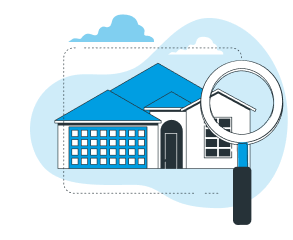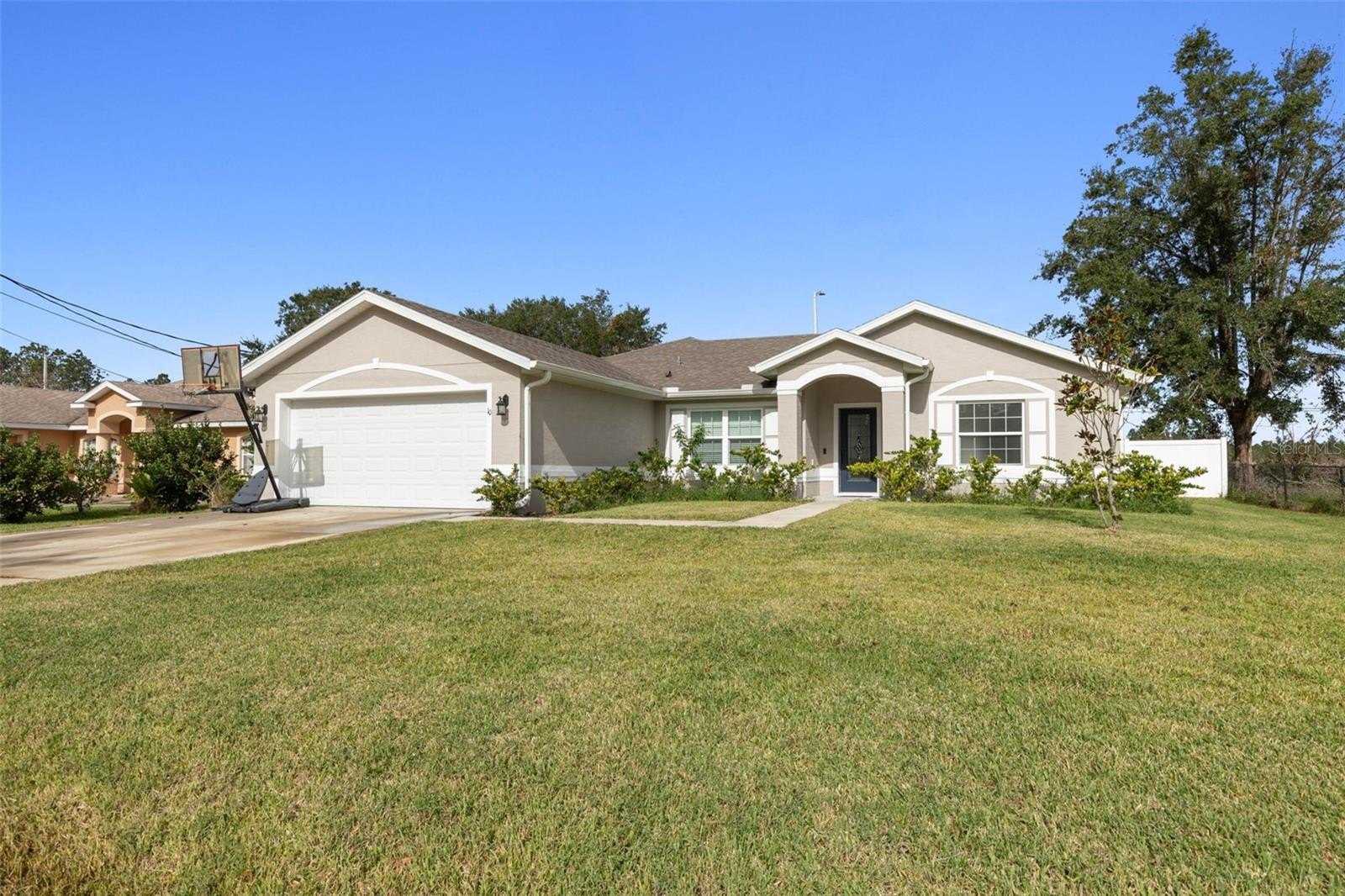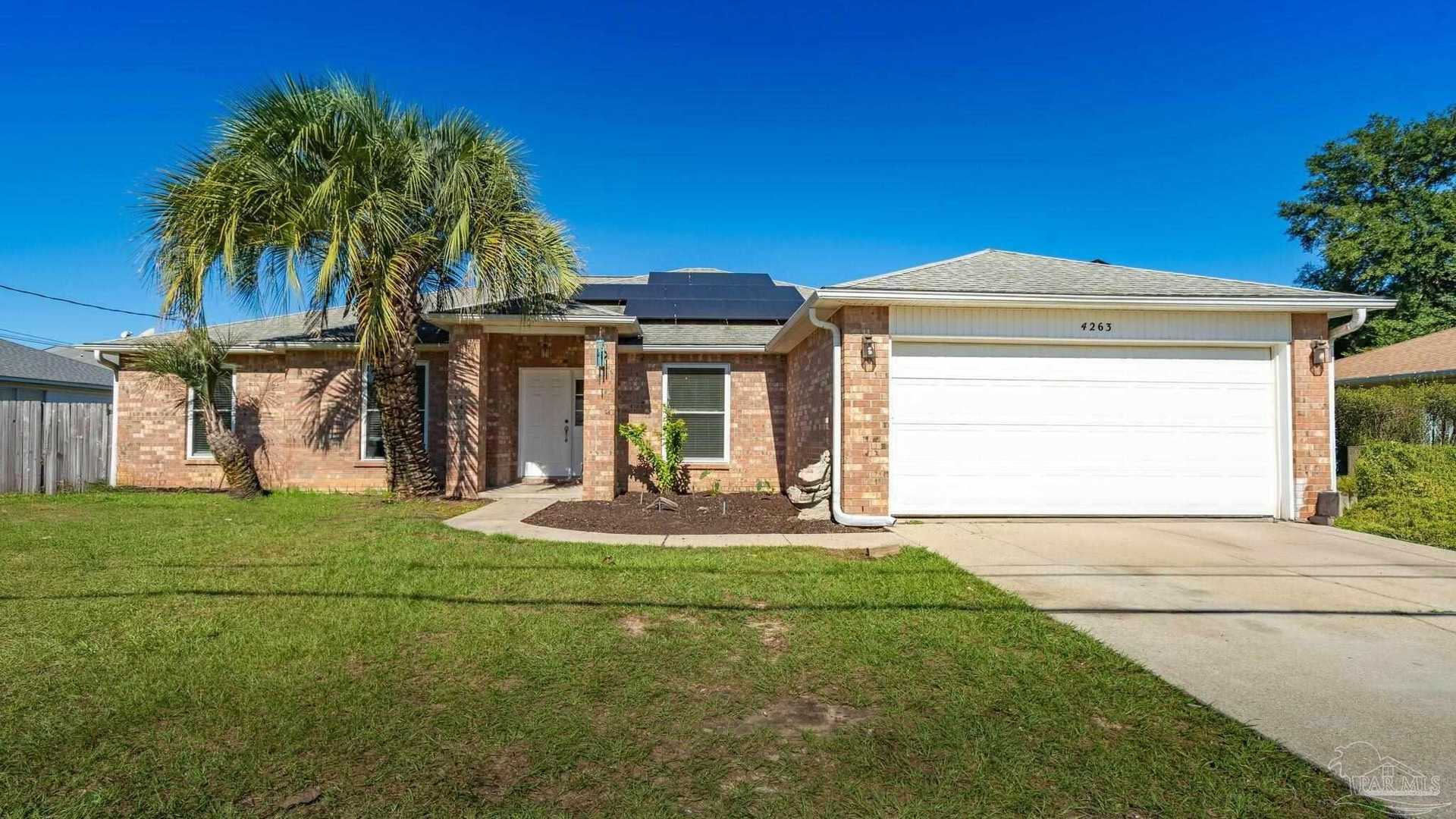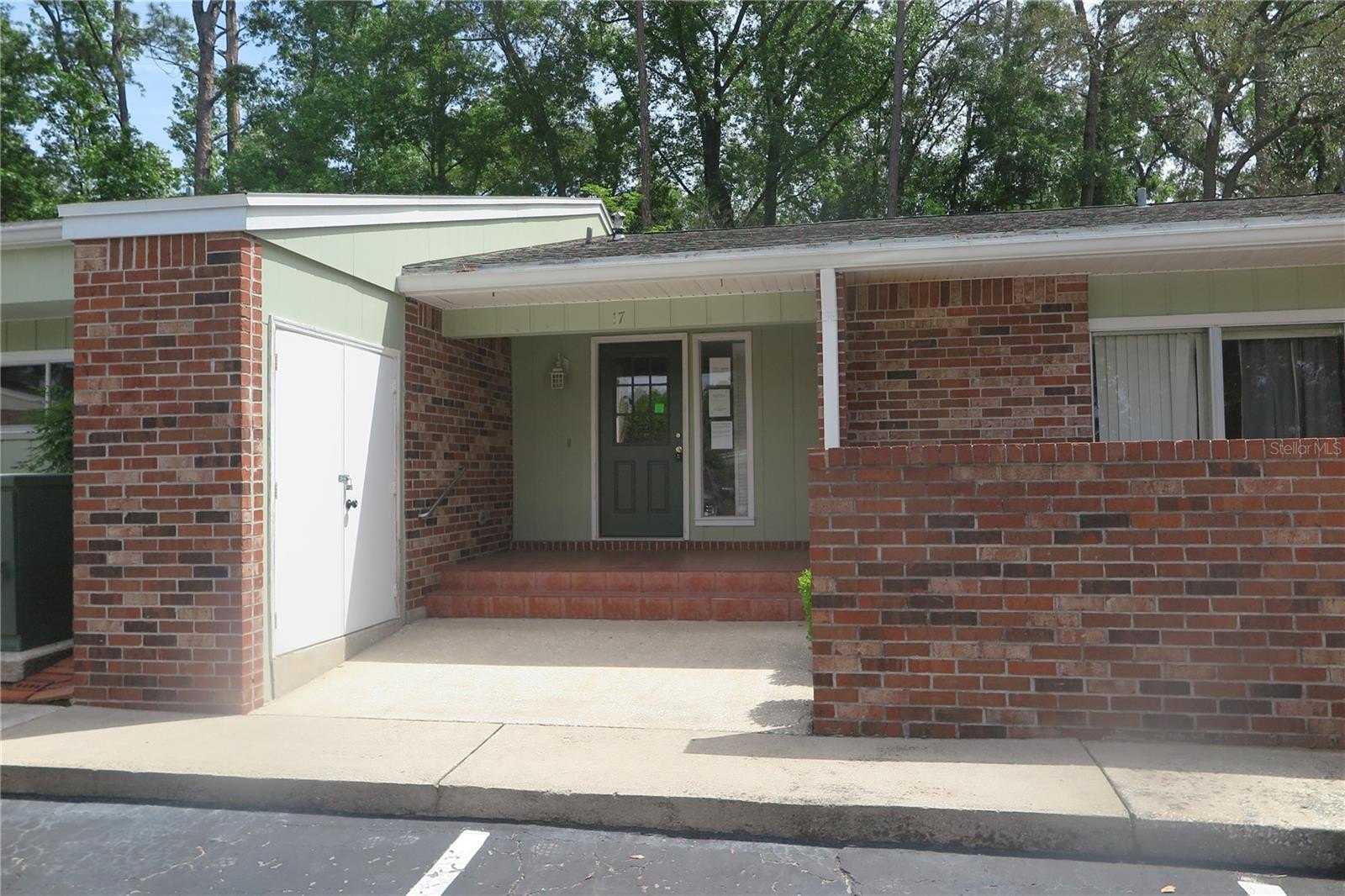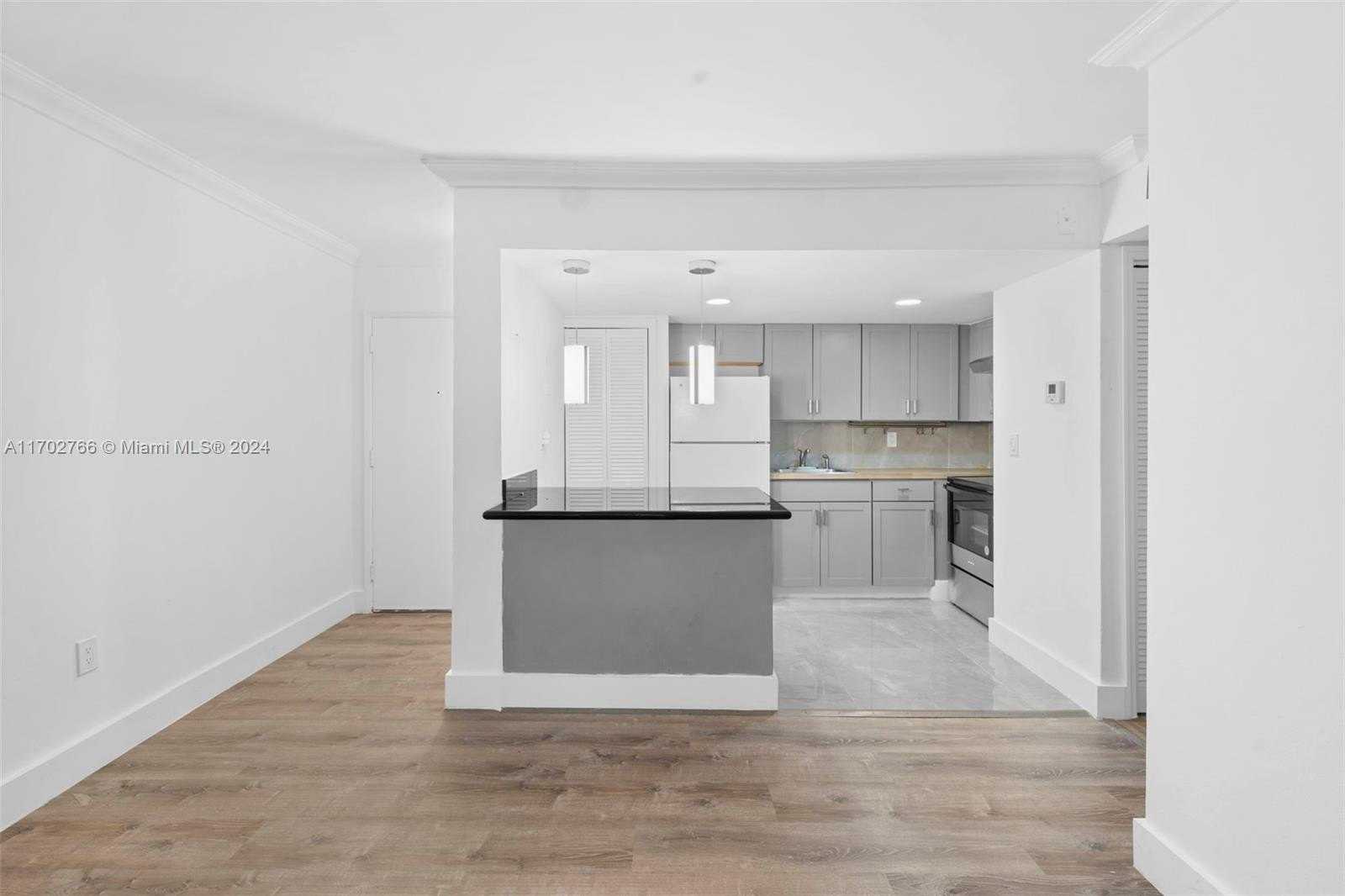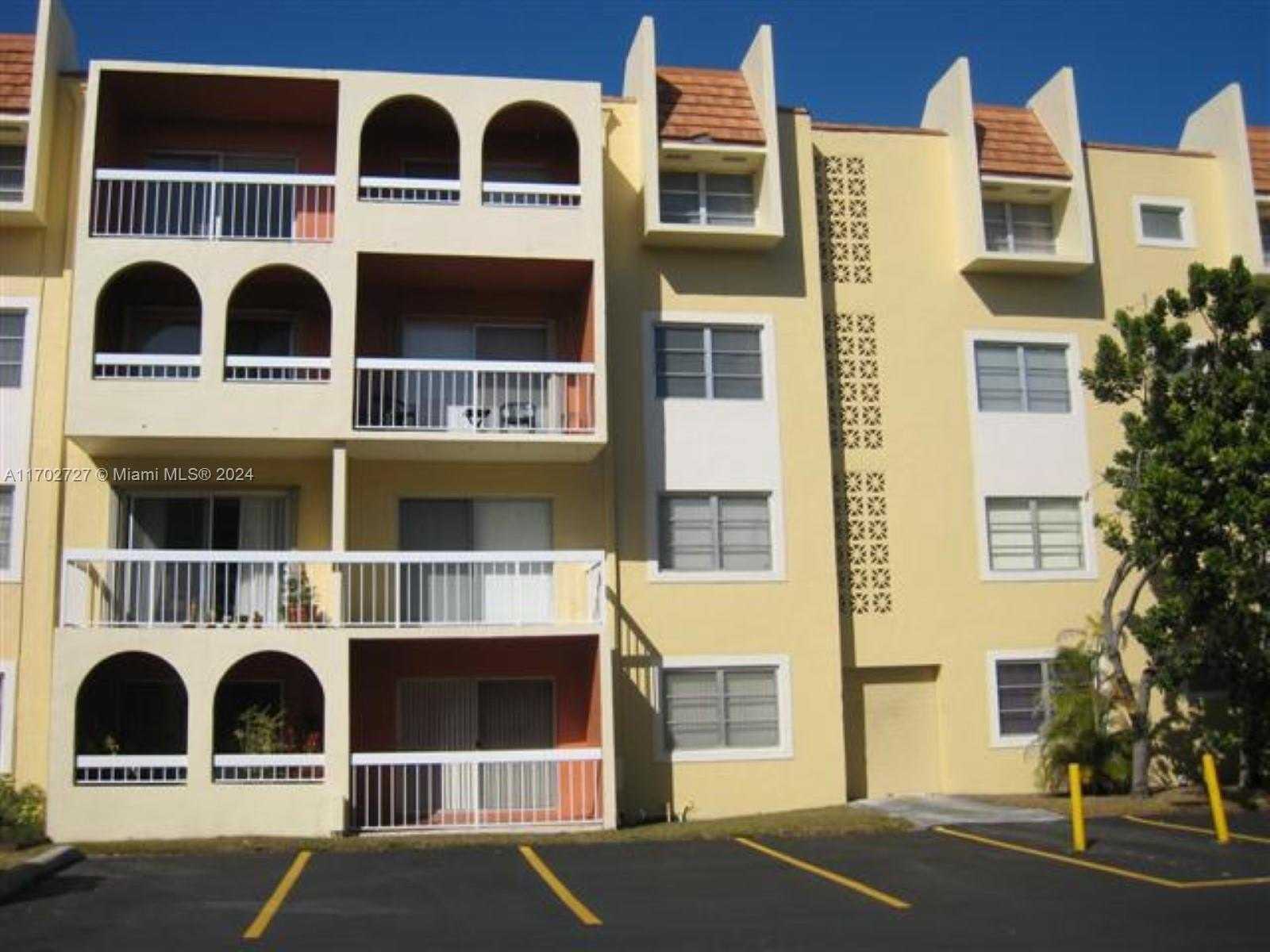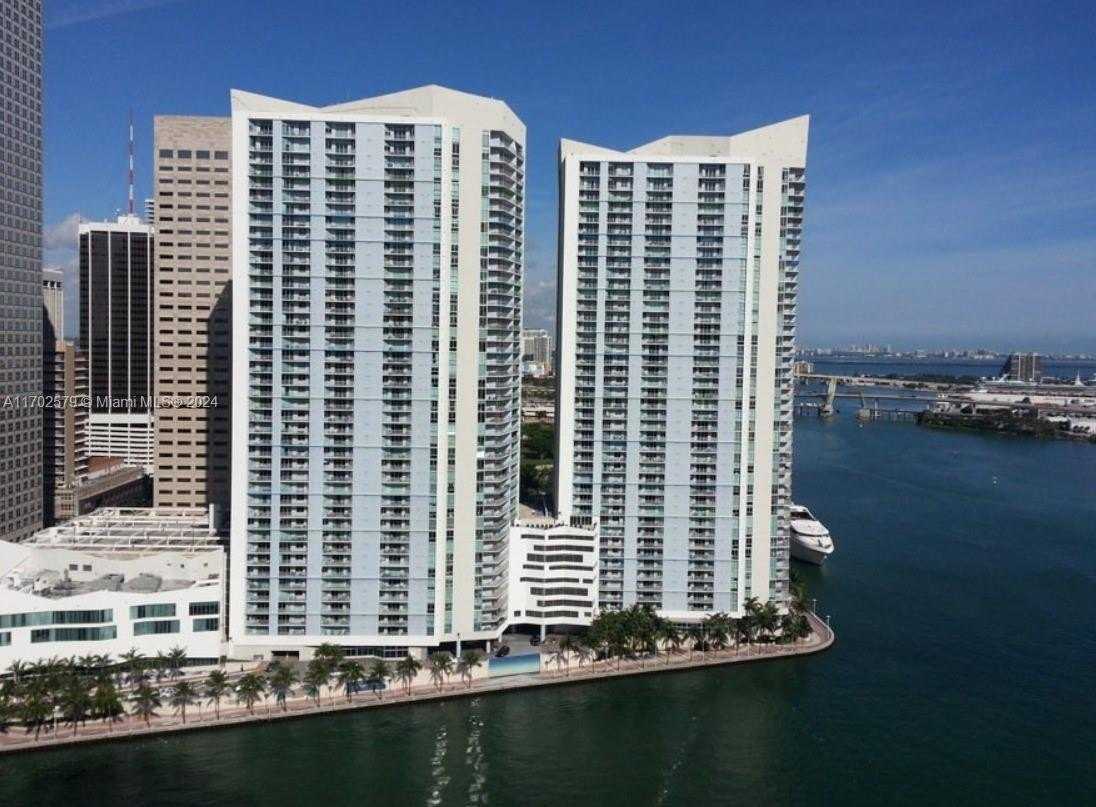
Florida Real Estate Market Performance
Florida's housing market remains a vibrant landscape for real estate investors, offering unique opportunities amidst its diverse regions. As of 2024, the market is characterized by a mix of growing demand in urban areas and promising prospects in emerging neighborhoods.
For investors eyeing Florida's market, understanding key trends is crucial. Recent data shows a 5.6% year-over-year growth in median home prices, highlighting the state's robust market health. However, regional variations are significant; for instance, Miami's luxury sector has seen an 8% surge, while more suburban areas report moderate increases.
Moreover, rental yields in Florida continue to attract investors. Cities like Orlando and Tampa showcase rental yield growths of approximately 4-6%, outpacing many other U.S. regions. This is bolstered by Florida's strong tourism industry, which fuels the short-term rental market, especially in coastal cities.
Understanding these dynamics is key for investors. Florida's market is not just about sun and beaches; it's a complex, evolving landscape where informed decisions, backed by current data, can lead to lucrative investments. By staying abreast of these trends, investors can better forecast and capitalize on Florida's ever-evolving real estate opportunities.
Seller’s market
Homes for Sale in Florida
Find PropertiesMarathon, FL 33050Marathon
Palm Coast, FL 32164Palm Coast
Milton, FL 32583Milton
LAKE CITY, FL 32055LAKE CITY
Florida Homes for Sale
As we delve into 2024, the landscape of Florida homes for sale is evolving, presenting unique opportunities for potential buyers and investors. One of the most striking trends is the increasing availability of waterfront properties. Due to recent developments, there's been a 12% rise in the listings of such properties compared to the previous year, attracting a diverse range of buyers.
The median listing price for homes in Florida has seen a steady increase, currently standing at around $350,000, a 6% rise from last year. This upward trend is a reflection of the state's growing appeal and the high quality of living standards it offers. Additionally, the market turnaround time is quicker than the national average, with homes in Florida typically staying on the market for 30 days, 5 days less than elsewhere in the U.S.
Moreover, the luxury home segment in Florida is booming, particularly in areas like Naples and Palm Beach. The average price for luxury homes has escalated by 10%, indicating a strong demand for high-end properties.
For those considering investing in Florida homes, understanding these market dynamics is crucial. The state's diverse range of properties, from urban apartments to sprawling beachfront villas, caters to a wide spectrum of preferences and budgets. Keeping a close eye on market trends and pricing will enable buyers and investors to make well-informed decisions in this dynamic real estate landscape.
Start your investment property search
Use analytics to find lucrative traditional or Airbnb properties in a matter of minutes.

Best Neighborhoods in Florida for Buying Investment Property
In 2024, certain neighborhoods in Florida stand out as prime locations for buying investment property, driven by their growth potential, rental demand, and overall return on investment. Key areas attracting investor attention include Tampa’s Ybor City, Orlando’s Lake Nona, and Jacksonville’s Riverside.
Ybor City in Tampa, known for its rich cultural heritage and vibrant nightlife, is experiencing a renaissance. Property values here have risen by 8% this year, driven by ongoing development projects and an influx of young professionals. The area's unique charm and central location make it a sought-after spot for both renters and buyers.
Lake Nona in Orlando is another hotspot, especially for those looking at family-oriented investments. With its proximity to medical facilities and business parks, the area has seen a 6% increase in property values, coupled with a strong rental market catering to health professionals and business executives.
Riverside in Jacksonville, with its historic homes and booming arts scene, has become increasingly popular, showing a 7% increase in property values. The neighborhood's appeal lies in its blend of urban living with a sense of community, attracting a diverse range of tenants.
For investors, these neighborhoods offer a blend of growth potential, stable rental income, and long-term value appreciation. These areas are not just financially promising but also enrich the portfolio with properties that have unique characteristics and appeal in the Florida real estate market.
Neighborhood Analysis in the Florida Real Estate Market
Florida Rent Prices
| RENTAL STRATEGY | STUDIOS | 1 BEDROOM | 2 BEDROOMS | 3 BEDROOMS | 4 BEDROOMS |
|---|---|---|---|---|---|
| Airbnb | $2,012 | $2,000 | $2,834 | $4,016 | $5,480 |
| Traditional | $1,468 | $1,533 | $2,055 | $2,929 | $3,839 |
Florida Property Trends

The Florida property market is experiencing transformative trends, reshaping the investment landscape in 2024. A notable shift is the increase in demand for sustainable and energy-efficient homes. Recent statistics indicate that properties with green certifications have experienced a 7% higher growth in value compared to traditional homes.
Another significant trend is the rise of tech hubs in cities like Tampa and Miami, influencing property values and demand patterns. The influx of tech companies has led to a 9% increase in property prices in these areas, outstripping the state average.
Additionally, the rental market in Florida is witnessing a unique shift. The average rent in major cities has escalated by approximately 8% year-over-year, driven by the growing population and limited housing supply. This trend is particularly pronounced in urban centers, where the demand for high-quality rental properties is at an all-time high.
Investors should note the changing demographics in Florida. The state is attracting a younger population, with a 10% increase in residents aged 25-34 in the past year. This demographic shift is subtly altering the types of properties in demand, with a higher preference for modern, urban living spaces.
Keeping abreast of these evolving trends is vital for real estate investors looking to make strategic decisions in the Florida property market. The current dynamics offer a clear indication of where the market is headed, enabling investors to forecast and plan their investments effectively.
Florida Real Estate Appreciation and Property Values
The year 2024 has brought continued growth in Florida's real estate appreciation, reflecting the enduring allure of the state's property market. Notably, the overall real estate appreciation rate in Florida has surged by 7% this year, a testament to the robustness and resilience of the market. This growth rate outpaces many other regions in the U.S., underscoring Florida's appeal to both domestic and international investors.
In terms of property values, specific areas in Florida have seen remarkable increases. For instance, coastal cities like Sarasota and Fort Lauderdale have reported an appreciation rate of approximately 9% due to high demand for beachfront properties and the luxurious lifestyle they offer. Conversely, more inland regions like Orlando and Jacksonville have experienced a more moderate but steady appreciation of around 5%, attributed to their growing economies and expanding job markets.
This appreciation trend is coupled with a significant rise in the average property value in Florida, which now stands at about $400,000, marking a 6% increase from the previous year. The higher property values are indicative of the state's expanding economy and the influx of new residents and businesses.
For investors and homebuyers, these statistics highlight the potential for long-term gains in the Florida real estate market. The consistent appreciation in property values across various regions presents diverse opportunities for strategic investment, making Florida an attractive and promising market for real estate ventures in 2024.
Florida Homes for Sale Below Median Price
Find PropertiesMarathon, FL 33050Marathon
Palm Coast, FL 32164Palm Coast
Milton, FL 32583Milton
LAKE CITY, FL 32055LAKE CITY
Airbnb Calculator for Investment Properties in Florida
Investing in Florida's Airbnb market requires careful planning and financial analysis. An Airbnb calculator is an indispensable tool for real estate investors looking to make informed decisions. This tool helps investors estimate potential rental income, expenses, and profitability based on property specifics and market data.
By inputting property details such as location, size, and features, along with expected occupancy rates and nightly rates, investors can get a clear picture of their potential returns. Airbnb calculators also consider factors like cleaning fees, property management costs, and local regulations, ensuring a comprehensive financial outlook.
Using an Airbnb calculator is essential for evaluating the viability of short-term rental investments in Florida's dynamic real estate market. It empowers investors to make data-driven decisions and select properties that align with their financial goals and investment strategies.
Florida Airbnb Occupancy Rate
The Airbnb occupancy rate in Florida is a critical metric that real estate investors should closely monitor in 2024. This rate reflects the percentage of time a property is booked and occupied by guests, making it a pivotal factor in determining rental income and overall profitability.
As of the latest data, Florida's Airbnb occupancy rate varies by location. Popular tourist destinations such as Miami, Orlando, and Key West often experience high occupancy rates, averaging around 70-75%. These cities benefit from year-round tourism, events, and attractions that keep demand consistently strong.
In contrast, less tourist-driven areas may have lower occupancy rates, around 50-60%. Investors targeting these regions should be prepared for seasonality and fluctuations in rental income.
Understanding the Airbnb occupancy rate specific to your property's location is crucial for accurate financial projections and investment decisions. It helps investors gauge the demand for short-term rentals in their chosen area and make informed choices about property acquisition, pricing, and management strategies in Florida's dynamic real estate market.
Top Florida Airbnb Properties
Find PropertiesFlorida Airbnb Investment Analysis
The Florida Airbnb market in 2024 continues to thrive, offering lucrative opportunities for investors. Current analysis shows a significant upward trend in Airbnb rental yields, particularly in tourist-rich areas like Miami, Orlando, and the Florida Keys. These locations are experiencing an average annual rental yield of 10-12%, outperforming many traditional rental investments.
One of the key factors driving this growth is the consistent influx of tourists, drawn to Florida’s beaches, theme parks, and year-round warm climate. For instance, Miami's Airbnb properties boast an average occupancy rate of 70%, with peak seasons seeing even higher demand. The average daily rate (ADR) for an Airbnb property in these prime locations is around $150, a 15% increase from the previous year.
Investors considering the Florida Airbnb market should also note the importance of local regulations. Cities like Miami Beach have specific rules governing short-term rentals, making compliance a crucial aspect of successful investment.
With these dynamics, Florida's Airbnb market presents a promising avenue for investors. The combination of high tourist demand, attractive rental yields, and a diverse range of properties makes it an appealing choice for those looking to diversify their real estate portfolio. However, potential investors must carefully consider location, property type, and regulatory compliance to maximize their returns in this vibrant market.
Airbnb Growth and Regulations in the Florida Real Estate Market

In 2024, the Florida real estate market has witnessed significant growth in Airbnb listings, reflecting the rising popularity of short-term rentals among both property owners and tourists. However, this growth comes hand-in-hand with evolving regulations that are impacting the market.
The number of Airbnb listings in Florida has increased by approximately 20% this year, with coastal cities like Fort Lauderdale and Key West leading the surge. This growth is largely attributed to the appeal of Florida's diverse attractions, from beaches to cultural hotspots, drawing a global audience.
Simultaneously, regulatory frameworks have been tightened in response to this rapid expansion. Several cities have implemented stricter zoning laws and licensing requirements to manage the influx of short-term rentals. For instance, Miami has introduced regulations that require Airbnb hosts to register with the city and adhere to specific operating standards, including noise and occupancy limits.
For investors, these changes underscore the importance of staying informed about local laws and regulations. Compliance is key to ensuring a profitable and sustainable investment in the Airbnb market. As the market evolves, understanding and adapting to these regulatory landscapes will be crucial for anyone looking to capitalize on the growth of Airbnb rentals in Florida's dynamic real estate market.
Florida Rental Properties and Rent Prices
In 2024, the Florida rental market is showing significant trends, particularly in rent prices, which are crucial for both property owners and tenants. The average rent for a one-bedroom apartment in Florida has risen by 8% from the previous year, now standing at approximately $1,200 per month. This increase is largely driven by the high demand for rentals in major urban centers and tourist-frequented areas.
Cities like Miami and Orlando are witnessing even higher spikes, with average rent prices soaring up to $1,500 for similar properties, a clear indicator of their booming rental markets. This is attributed to the influx of professionals and the thriving tourism sector, which continues to fuel demand for short-term rentals.
Furthermore, the market for family-sized rental properties is also robust, with three-bedroom homes averaging around $2,000 per month in rent, a 6% increase compared to last year. These properties are particularly popular in suburban areas and regions with growing employment opportunities, attracting long-term tenants.
Investors looking at Florida rental properties should note these evolving rent prices and market demands. Understanding regional variations in rent prices is essential for making informed investment decisions, whether targeting short-term rental opportunities in tourist hotspots or stable, long-term residential leases in family-friendly neighborhoods. The current trends suggest a healthy and potentially lucrative market for rental property investments in Florida.
Traditional Rental Properties in Florida
The market for traditional rental properties in Florida in 2024 exhibits distinct characteristics, catering to a specific segment of the real estate market. Unlike short-term vacation rentals, traditional rentals in Florida are seeing a steady increase in both demand and profitability, particularly in suburban and family-oriented neighborhoods.
In key areas such as Jacksonville and Tampa, the average rent for traditional, long-term properties has increased by around 7% year-over-year, reflecting a growing demand among families and professionals seeking stable housing. For example, a standard two-bedroom apartment in these regions now rents for approximately $1,400 per month, a rate that aligns with the increasing cost of living and the desirability of these locations.
Furthermore, the occupancy rates for traditional rental properties are notably high, hovering around 95%. This high occupancy rate underscores the strong demand for stable, long-term housing options in Florida, and offers a relatively low-risk investment opportunity for those looking to enter the rental market.
For investors, these trends in traditional rental properties suggest a robust and growing segment of the market. Focusing on family-friendly areas and considering the long-term needs of residents can yield stable and consistent rental income. Given the current dynamics, investing in traditional rental properties in Florida represents a prudent strategy for those seeking to capitalize on the state's thriving real estate market.
Florida Homes for Rent
Find PropertiesFlorida Transportation
When considering real estate investments in Florida, it's crucial to assess the transportation infrastructure. The state's well-connected transportation network is a significant asset for property investors. Florida boasts extensive road systems, including major highways like I-95 and I-75, providing easy access to various regions. Furthermore, the presence of international airports in cities like Miami, Orlando, and Tampa ensures convenient travel for both residents and tourists.
Florida's growing investment in public transportation is also noteworthy. Projects like the Brightline high-speed rail, connecting Miami and Orlando, enhance connectivity and can positively impact property values in the vicinity. Additionally, the state's commitment to improving public transit systems contributes to the appeal of certain neighborhoods, making them attractive options for investors seeking long-term growth.
Amenities in the Florida Real Estate Market
Educational Facilities
Educational Facilities in Florida
Florida's real estate landscape is closely intertwined with its educational institutions. Here are the top 5 schools and top 5 colleges and universities in the state:
Top 5 Schools in Florida:
- Pine View School for the Gifted - Sarasota
- International Studies Charter High School - Miami
- Stanton College Preparatory School - Jacksonville
- Design and Architecture Senior High - Miami
- School for Advanced Studies - Miami
Top 5 Colleges and Universities in Florida:
- University of Florida - Gainesville
- Florida State University - Tallahassee
- University of Miami - Coral Gables
- University of Central Florida - Orlando
- Florida International University - Miami
These educational institutions not only provide quality education but also influence property values and rental demand in their respective regions. Proximity to top schools and universities is a significant factor to consider for real estate investors seeking long-term growth.
Banks
Banks in Florida
Florida's robust real estate market is complemented by a diverse banking sector, offering essential financial support for property investors.
Here are the top 5 banks in Florida:
- Wells Fargo: Known for its nationwide presence, Wells Fargo provides a wide range of financial services, including mortgage options tailored to real estate investors.
- Bank of America: With a strong local presence, Bank of America offers competitive mortgage rates and financing solutions for property buyers.
- Chase Bank: Chase Bank's extensive network in Florida provides convenient banking services and mortgage products for investors.
- SunTrust Bank (now part of Truist): SunTrust Bank offers personalized real estate financing solutions and local expertise.
- TD Bank: TD Bank's Florida branches provide banking services and mortgage options to support real estate investments.
These banks play a crucial role in facilitating real estate transactions, offering various loan products, and assisting investors in achieving their financial goals in the dynamic Florida real estate market.
Healthcare Facilities
Healthcare Facilities Florida
Florida's thriving real estate market is closely linked to its robust healthcare facilities. Here are the top 5 hospitals and healthcare centers in the state:
Top 5 Hospitals/Healthcare Centers in Florida:
- Mayo Clinic - Jacksonville
- Cleveland Clinic Florida - Weston
- Baptist Health South Florida - Miami
- Tampa General Hospital - Tampa
- AdventHealth Orlando - Orlando
Access to world-class healthcare institutions is a critical consideration for both residents and real estate investors. Proximity to top-ranked hospitals and medical centers enhances the appeal of properties in the surrounding areas, making them attractive options for investment. It not only provides peace of mind to residents but also contributes to the long-term value and demand for properties in these regions.
Start your investment property search
Use analytics to find lucrative traditional or Airbnb properties in a matter of minutes.
